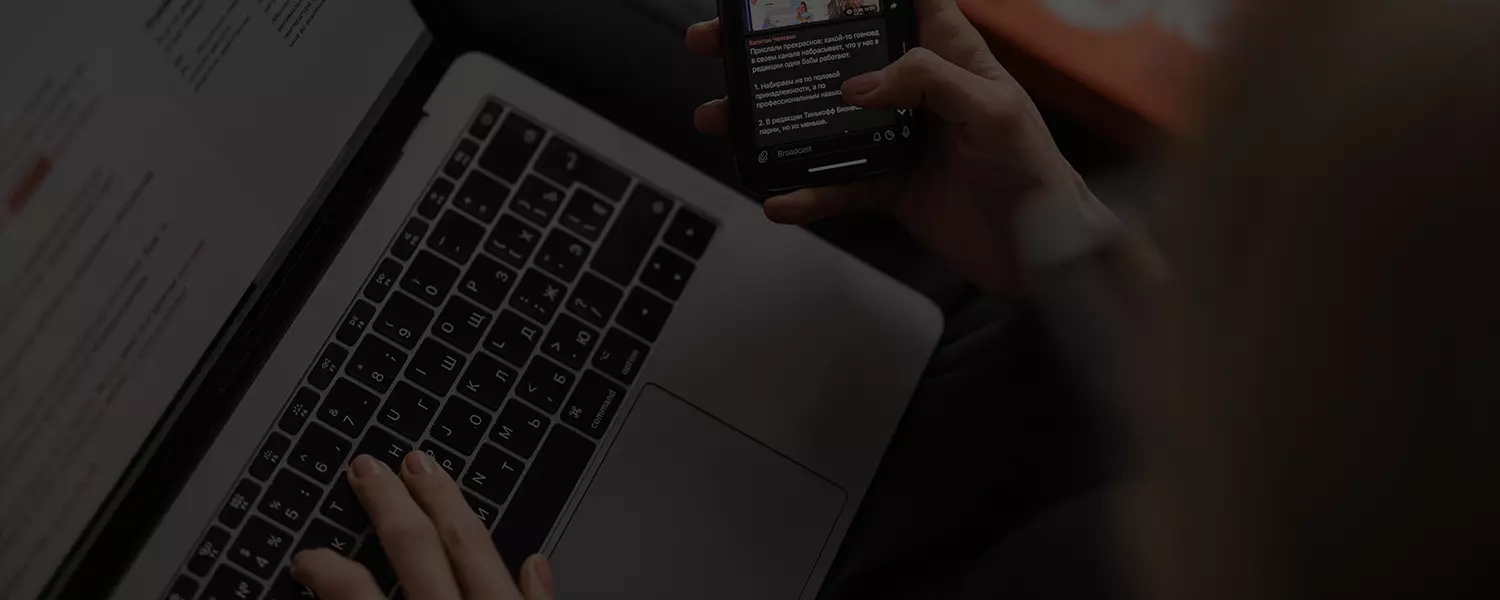
The Do’s and Don’ts in car crashes
So, you’ve just gotten yourself in a car accident.
Your mind runs blank and for a moment you forget to breathe. As your senses return you ask yourself, what just happened?
Creeping over you in a sense of anxiety and fear, leaving you paralyzed. You sit there speechless, unsure about what to do. Or maybe in fact you have a lot to say. You take a step out of your car, blood boiling and ready to give the other driver a piece of your mind.
No matter how you feel in the moment, there is a proper way to respond if you find yourself in a car accident. Knowing how to react and the appropriate steps to take will not only reduce your stress but will help protect yourself.
1. What you should do
1.1 DO assess the situation
If you have just been involved in a traffic accident, stop the vehicle immediately. Check yourself for injuries and ensure that you are not hurt.
Safely exit your vehicle and ensure other drivers and passengers are not injured. If there is an emergency, call 000 (triple zero) or 131 444 if police attendance is required.
1.2 DO exchange information
Gather the names, contact numbers, and addresses of all parties involved, including any witnesses. Likewise, you should provide your relevant details to the other parties.
Make sure that you also record the following information:
- license plate numbers;
- insurance information;
- driver’s license number;
- car registration number; and
- the other vehicle’s make, model, and year.
1.3 DO remove traffic hazards
Move your vehicle to a safe place that does not obstruct the flow of traffic. If you are not blocking the road or path, do not move your vehicle until you have gathered and confirmed all the details, and/or until police or emergency has arrived.
1.4 DO take pictures
Take pictures of the damage to your vehicle or any injuries sustained in the crash as soon as possible. Photograph evidence, including videos or dashcam footage of the incident, can be useful in proving the extent of damages for insurance quotes.
Photos of the scene of the accident and the surrounding area of the accident can help pinpoint the location of the accident.
1.5 DO confirm the details
Write down the date and time of the accident and where it happened. Keep your eyes out for any markings or surrounding landmarks, such as street names.
Take note of the weather and road conditions, and any other possible hazards that may have contributed to the accident.
1.6 DO contact your insurance provider
You should contact your insurance provider as soon as possible, regardless of who is at-fault for the accident. This will ensure that your claim goes through as quickly as possible.
Depending on your insurance policy, your insurance provider may help arrange towing service if necessary.

2. What you shouldn’t do
2.1 DON’T panic
Remain calm after your accident. If you or anyone else requires emergency assistance, call for help on 000 (emergency services), or 131 444 (police).
2.2 DON’T leave
Do not leave the scene until help arrives and once you have exchanged information with other drivers and witnesses.
Failing to stop after being involved in a traffic accident is an offense punishable by fine or imprisonment.
2.3 DON’T admit fault
When you exit the vehicle, do not apologize or say anything that could be interpreted as an admission of fault. Even an innocuous comment, like ‘I didn’t see you’, can be used as evidence against you.
Instead, consider asking:
- ‘Is anyone hurt?’
- ‘Do you need medical attention?’
- ‘Has someone notified the police?’
At the same time, do not argue over who was responsible for the accident with anyone.
2.4 DON’T accept settlement offers
Do not accept settlement offers without consulting your doctor or lawyer first. Injuries can manifest many weeks after the accident. By accepting an early settlement offer, this can prevent you from making a personal injury claim in the future in relation to those injuries.
2.5 DON’T wait
The strength of your claim lies with the evidence available. As physical evidence and memories become lost with time, this can impair your likelihood of receiving fair and just compensation.
3. Conclusion
This article intends to guide you on the right path if you find yourself overwhelmed right after a car accident. The main goal is to stay calm as you follow these steps.
Once you have successfully navigated through this difficult situation, your next step may be to commence your claim, which is another beast on its own.
Car crash claims can be complex and nasty. We strongly advise that you seek out a car accident lawyer to guide you through the process and assist in your compensation claim.






